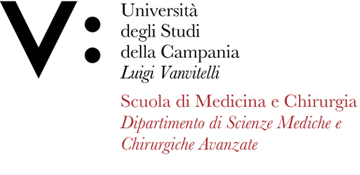Giorgia DELLA POLLA
Insegnamento di Igiene generale e applicata
Corso di laurea in TECNICHE DELLA PREVENZIONE NELL'AMBIENTE E NEI LUOGHI DI LAVORO (ABILITANTE ALLA PROFESSIONE SANITARIA DI TECNICO DELLA PREVENZIONE NELL'AMBIENTE E NEI LUOGHI DI LAVORO)
SSD: MED/42
CFU: 2,00
ORE PER UNITÀ DIDATTICA: 20,00
Periodo di Erogazione: Secondo Semestre
Italiano
| Lingua di insegnamento | Italiano |
| Contenuti | Durante le lezioni verranno illustrati e discussi gli argomenti di Igiene generale e applicata focalizzando l’attenzione sull'Epidemiologia e profilassi delle Malattie Infettive e di quelle cronico degenerative per evidenziare le modalità di prevenzione. |
| Testi di riferimento | Ricciardi W. Igiene Medicina Preventiva e Sanità Pubblica IDELSON GNOCCHI, 2013 |
| Obiettivi formativi | Lo studente deve acquisire le conoscenze di base relative agli obiettivi e agli ambiti di applicazione dell’igiene e della medicina preventiva. Lo studente deve acquisire inoltre le conoscenze necessarie di eziologia, epidemiologia e profilassi per una idonea ed efficace applicazione della prevenzione delle malattie infettive e di quelle cronico-degenerative |
| Prerequisiti | . |
| Metodologie didattiche | Il corso viene erogato tramite lezioni frontali interattive, integrate da momenti di discussione diretta con gli studenti e da esercitazioni in piccoli gruppi |
| Metodi di valutazione | La prova orale si svolgerà con un colloquio articolato in domande sugli argomenti in programma atto ad accertare il livello di conoscenze raggiunto dallo studente |
| Altre informazioni | . |
| Programma del corso | PRINCIPI DI IGIENE E MEDICINA PREVENTIVA |








